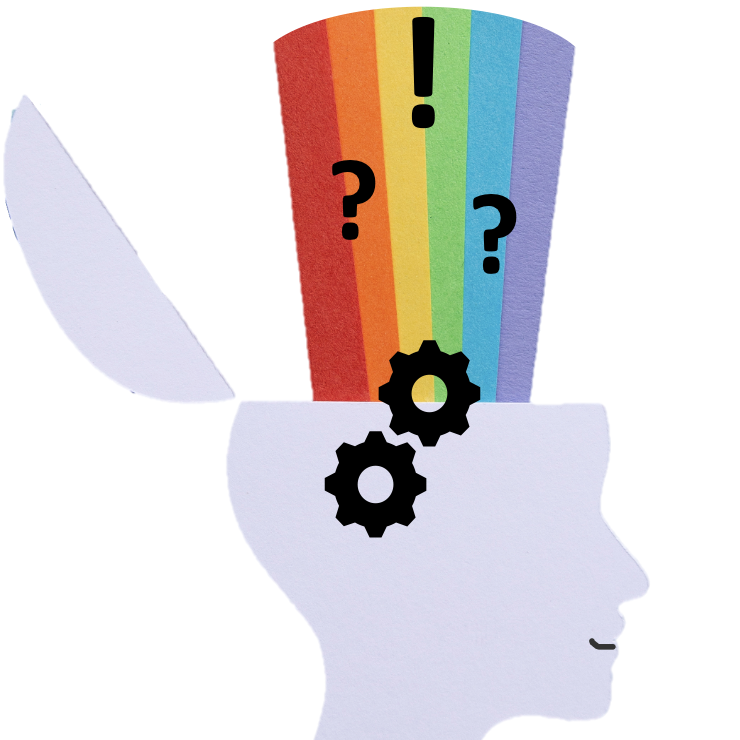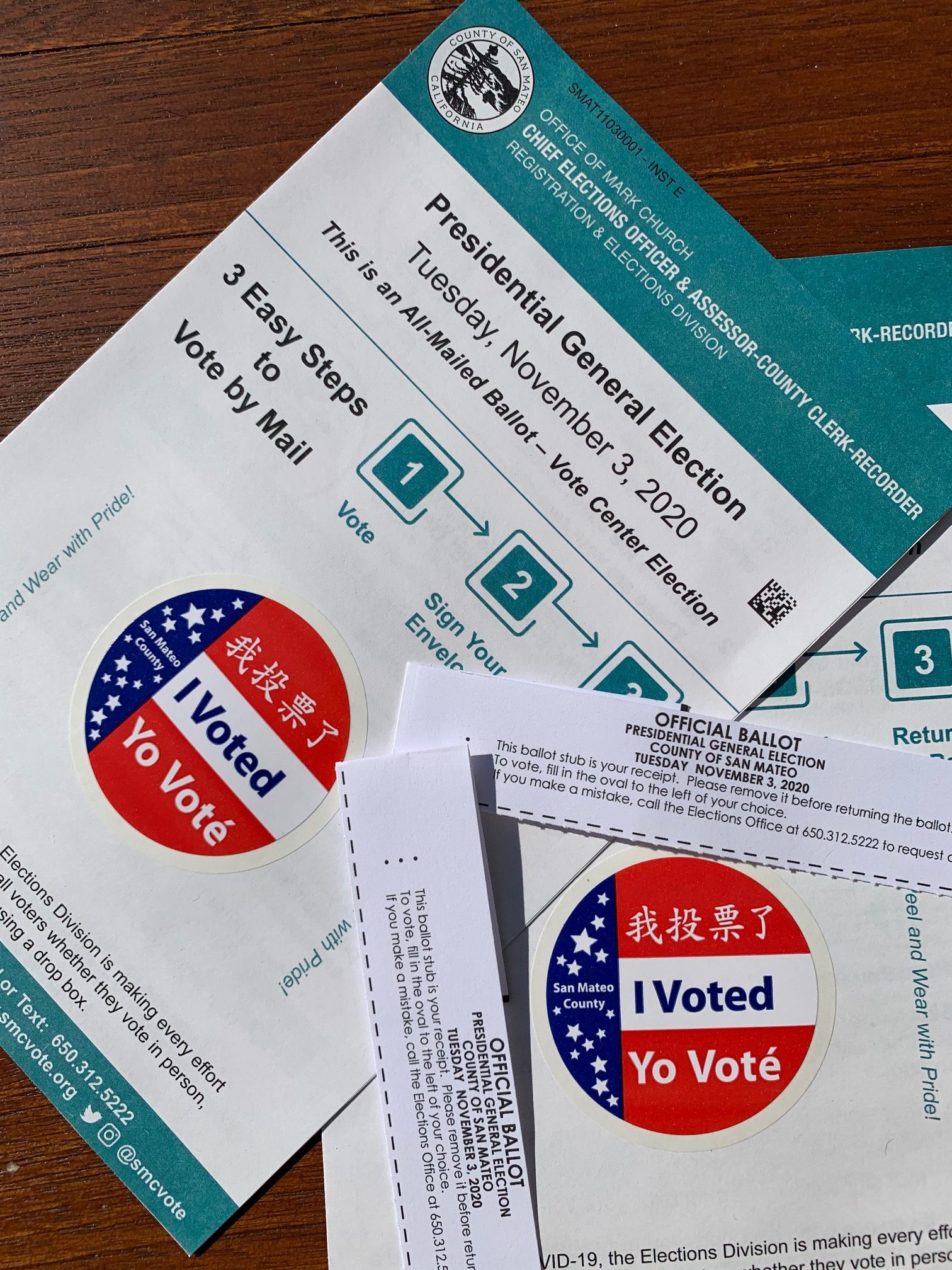November 2022 Update.
We know how to design robust voting technology. But the right tech is not enough. In my final 2020 essay about voters needs and voting tech, reposted below, I wrote “If your Amazon delivery is accidentally canceled or your account details are stolen, it’s a nuisance. When an election is stolen, bloody riots fill the streets.”
I posted it on election day, November 3 2020. I had no clue what was about to go down.
For two years officials and researchers have delivered piles of data showing that the 2020 U.S. Presidential election was secure and accurate, yet disbelief and discontent reign.
Even Republican strategist, Sarah Longwell, wrote last April about the election doubters, “If I’ve learned anything from my focus groups, it’s that something doesn’t have to make sense for voters to believe it’s true.”
What the ____ is going on? It’s The First Law of Marketing:
“It is relatively easy to get people to believe something that they already want to believe.”
The first step for an entrepreneur is identifying the problem to solve. The real problem with elections in the world’s largest democracy is not accuracy or fraud prevention, it’s getting the public to want to believe the results.
There is a bright spot: we know how to create excellent voting technology. I stick by my 2020 conclusion below that combining paper ballots, mail-in voting, and digital systems that are not connected to the internet is a robust solution. Remaining hopeful, here is that 2020 essay on the future of voters’ needs and voting tech.
Voting in Twenty Years Will Blend Ink And Bits
November 3, 2020
This essay is the fourth and final in a series on the future of voting.
Twenty years from now a centuries-old technology will be at the core of our elections. Paper: cheap, archival, and resistant to chicanery, will remain a cornerstone of voter trust. Paper ballots will team with secure computing and advanced cryptography to speed tallies, safeguard privacy, and build public trust.
In twenty years we will not vote with thought-translating brain implants. Nor, in Western democracies, will AI-powered facial recognition identify us upon arrival at the polls. Determined voters will no longer have to queue for hours in sweltering heat to have their voices heard.
Voters Are Not Consumers
Consumers tap smartphone apps for everything from food to healthcare to transportation, but apps are a bad solution for voting. Voting is not a consumer product, it is a pillar of governance and national security. Force-fitting consumer tech into voting totally misses the point: different needs require different solutions.
The International Foundation for Electoral Systems notes these critical voter needs:
- Full accessibility and usability by everyone, regardless of location or disability
- Complete trust and transparency
- Unquestionable accuracy
- High security, for both the data and the voters
- Minimal cost – voting must be free for the voter and sustainable for the government
Contrast them with Jeff Bezos’ list of consumer needs that guide Amazon, a consumer retail behemoth.
- Fast delivery
- Vast selection
- Low prices
If your Amazon delivery is accidentally canceled or your account details are stolen, it’s a nuisance. When an election is stolen, like in Belarus last Summer, bloody riots fill the streets. Online apps are designed for buying concert tickets and t-shirts: it is completely misguided to expect apps for general purpose consumer smartphones to deliver military-grade protection for online elections.
How We Will Vote in 20 Years
Voters at polls will use setups with a variety of intuitive, comfortable interfaces. Those systems will have single-purpose software. They will be highly secure tablets and PCs with their memories wiped-clean, loaded with only a voting application, and never hooked up to the internet.
The relentless rate of consumer tech cost improvement means that every polling place will be able to afford plenty of stations and to train lots of staff. Voter lines will hardly get out the door, let alone wrap around the block.
Exponential technology will meet paper. When voters complete their ballots, they will verify a privately printed paper copy. That paper will be digitally scanned, tallied, and archived for use in audits or recounts.
Paper Is Hacker-Resistant
Paper is an election hacker’s nightmare. Rigging elections that use a voter-verified paper ballot archive takes well-coordinated staff on the ground, in advance, in every pivotal voting location. Fraud involving so many local people is impossible to hide. A single foreign actor cannot secretly sully millions of paper ballots from a keyboard across the ocean.

Paper will also underpin remote voting. I just voted via mail-in ballot. It was easier than using an app on a 5.85” screen. I didn’t have to check my phone’s battery charge or wireless connection, and I wasn’t distracted by texts, emails, or pop-up ads. My county uses the BallotTrax service, which emailed me when my ballot was received and verified. BallotTrax also would have advised me of ballot rejection, giving me a chance to vote again either remotely or in person.
The only improvement I can think of would be printing my ballot at home. This year, I had to sift for it through daily mail jammed with candidate flyers, real estate pitches, and grocery coupons.
There has recently been rancor in the U.S. over mail-in ballots. They are not perfect; a key problem is the high rejection rate. In the 2016 and 2018 U.S. general elections, 1.2% of all mail-in ballots were rejected, enough to change results. Enough to have a global impact.
We can fix the leading causes of rejected ballots without new technology. 57% of rejections in 2016-2018 happened because the voter’s signature was missing or did not match the example on file. 37% of rejections arrived past the legal deadline. Voters need enough time, information, and motivation to cast timely ballots and to correct them when needed.
Data on mail-in ballots show they are highly fraud-resistant. Oregon voters have cast roughly 100 million postal ballots since 2000 and have suffered fewer than a dozen incidents of electoral fraud.
Already Here But Sometimes Change Is Slow
voting.works, a non-profit voting technology creator, has already demonstrated most of these tools for both on-site and remote voting. However, I expect it to take another 20 years to reach all voters.
Government services simply change at a different pace than online shopping apps. For example,
Why Online Voting Is Not The Future
Security holes hamstring online voting. Expert bodies such as the National Academy of Science, Engineering, and Medicine, and The Stanford-MIT Healthy Elections Project have found that internet voting will be impossible to fully secure for the foreseeable future.
State-sponsored hackers see ballots cast over the internet as a chance to manipulate national decisions. Significant elections are tempting geopolitical targets.
Whether it’s breaking into computers that create encoded identities, planting malware or viruses in voters’ devices, or bombarding election officials with phishing emails to trick them into typing in confidential information, those hoping to subvert democracy will find a way through online defenses.
The perception of fraud can damage an election as much as the real thing. Online voting, with its intangible numbers and technology that virtually no voter will understand, will be an easy target for trust destruction. Simple but highly visible tactics, such as overwhelming a county’s election website with traffic to force it offline, can create profound distrust about an online election’s integrity.
Humans will remain weak links in any online security plan. Tre Hargett, who manages Tennessee’s elections, said after a phishing expedition to test statewide staff, “We have found one of the most effective ways of getting people to click is a Chick-fil-A gift card.”
If you have religious fervor that all human activity must become handheld and wireless, systems with impenetrable technology are already here. Spy agencies have them. They use dedicated devices, on networks totally disconnected from the internet.
Maintaining a custom voting device for every voter, plus a closed voting network, would be prohibitively expensive. I can also imagine the support calls, “I can’t find the app store on my vote-a-phone…”
To Find The Solution, Follow The Needs
Smartphone apps aren’t miracle upgrades for everything we do. Our votes are vital national security information. Even our banking, the most secure online activity that you and I regularly do, is not as sensitive as our ballots. Elections determine who makes a nation’s decisions. We can’t risk their outcomes on trendy start-up tech-buzzword hype. Voters’ needs are special and strategically vital. An unexpected marriage of inter-millennial technologies, a union of ink and bits, will elegantly meet them.


